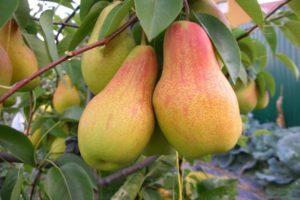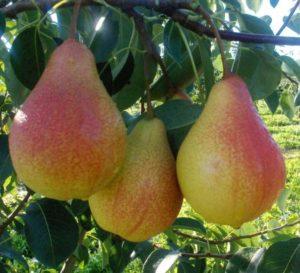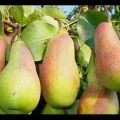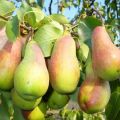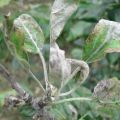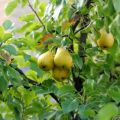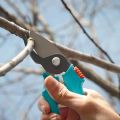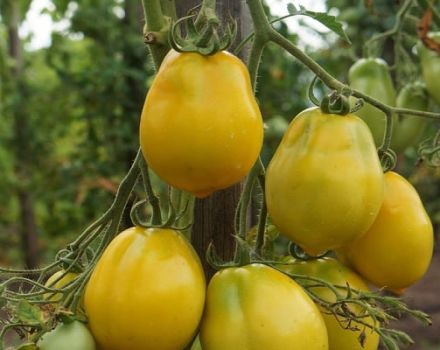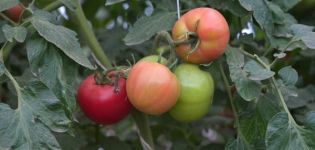Characteristics and description of the pear variety Bryanskaya Krasavitsa, planting and care
Among all varieties of pears, the Bryansk beauty takes a special place. She belongs to the elite, and not only because of her taste. Other advantages include a beautiful bright scarlet color of the fruit, making the pear suitable for garden decoration, as well as frost resistance and abundant harvest. The tree is unpretentious, suitable for growing even in the Urals. Therefore, it will be of interest to many gardeners.
The history of the pear variety Bryansk beauty
This variety got its name due to the place where it was bred, that is, the Bryansk region. It was there, in the Kokinsky support point of VSTISP, A. Vysotsky and N. Rozhnov carried out work on crossing two varieties:
- New Year's;
- Williams red (gave the fruit a scarlet hue).
Initially, the variety was intended for the black earth regions, but due to frost resistance and other qualities, it became popular in other places. Now it can be found in Central Russia and even in the Urals. Although the Bryansk beauty has existed for many years, it was added to the State Register only in 2010, after numerous checks.
Description and characteristics of the variety
Usually this variety is distinguished by trees of medium height. They look good in the garden, because the young leaves before the formation of the apical bud are distinguished by a beautiful bright burgundy color. Later they turn green. However, the central shoots and trunk remain brown with a reddish tint. Young branches are claret at first.
The fruits have the following characteristics:
- large size;
- regular pear-shaped, slightly elongated;
- the skin is dense, smooth;
- ripe pears are yellowish with a dark red spot;
- the pulp is creamy, with a slight aroma;
- the taste is sweet, delicate, slightly sour.
The Bryansk beauty blooms late - in mid-May. Thanks to this, it is not affected by spring frosts. At the same time, this is an early autumn variety - it bears fruit in mid-September.
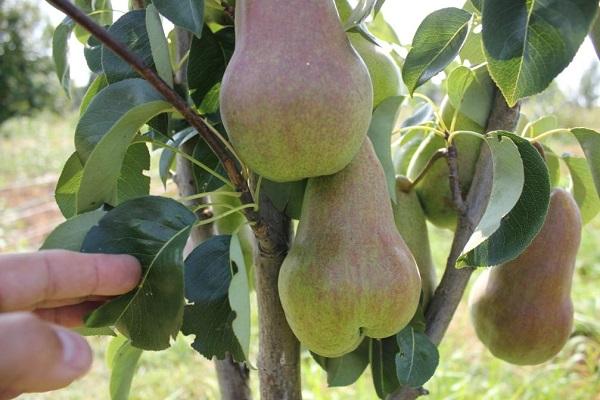
Main advantages and disadvantages
Like other elite varieties, the Bryansk beauty has a number of advantages:
- yields a crop already 3 years after planting, after 6 - fruiting reaches its maximum;
- winter hardy;
- resistant to scab, aphids and fungal diseases;
- pleasant taste of pears;
- high decorative qualities;
- there is no need to plant pollinators nearby.
There are, in fact, only two disadvantages of the variety:
- With self-pollination, yields may be irregular.
- Poorly tolerates drought, because of this, the fruits lose their taste.
In general, the disadvantages of the variety do not play a big role, so the Bryansk beauty is suitable for different gardens. It is unpretentious, but at the same time it fully pays for all the care.

The specifics of growing crops
Despite the high resistance of the variety to many factors, there are several features that are important to consider when planting. Also, not every seedling will work.
Place and time of boarding
The best time to plant pears is early spring, before the buds bloom. Even if you bought seedlings in the fall, you can only dig in them, but it is better to wait with the transfer to a permanent place. The place for the Bryansk beauty is chosen taking into account the following requirements:
- A lot of light, since the southern culture needs it for the accumulation of sugars.
- The aquifer is not closer than 2.5 meters, otherwise the roots will rot.
- The soil is fertile, light, breathable, slightly acidic or neutral.
Although the variety is undemanding to pollinators, the availability of suitable trees will allow for consistent and rich yields. The main thing is that they grow up simultaneously with the Bryansk beauty. Ideal options are Moskvichka and Lada Amurskaya.
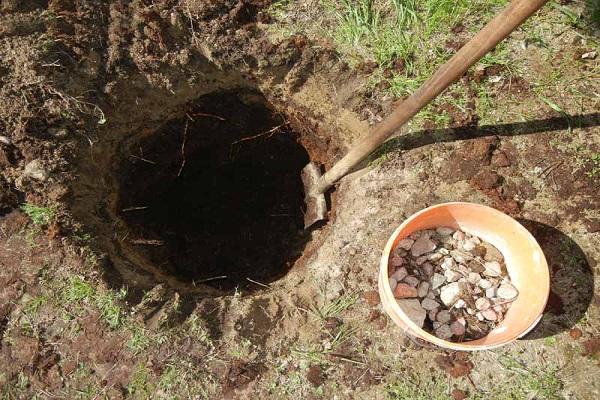
Selection of seedlings
When choosing planting material, pay attention to the appearance of the seedling and some other features:
- age - no more than two years;
- a well-developed, healthy root system that is 30 centimeters or more;
- plant height - up to 70 centimeters;
- no signs of disease and damage.
Such a seedling will take root well in a new place and will soon give its first harvest.
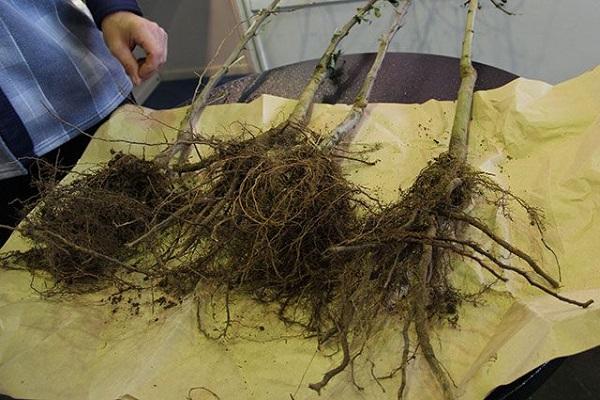
Correct fit
Before planting, it is important to prepare the seedling and the place for it. To do this, hold the pear roots for about 40 minutes in Kornevin's solution. Then they dig a hole 75x100 centimeters in size, and a mixture is made from the removed layer, adding organic matter and 120 grams of superphosphate and potassium.
The landing itself is as follows:
- Bury the stake at a distance of 15 centimeters from the center of the hole.
- Pour some of the potting mix into a heap.
- Place a seedling in the hole, spreading the roots along the bottom of the hole. If there is an earthen lump, save it.
- Place the rest of the soil on top.
- Tie a sapling to a stake, then tamp and water.
If you plant the Bryansk beauty in the spring, then it must be shortened, then the plant will give more side shoots.
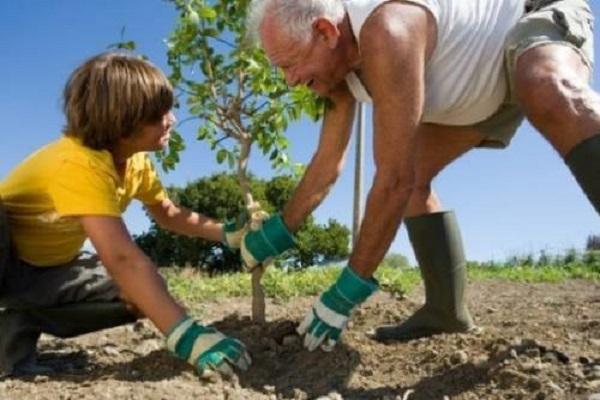
Features of tree care
To get a rich harvest and maintain the health of a pear, you need to remember some rules for caring for it.
Watering and loosening
Lack of moisture is very harmful to the variety. Because of this, young shoots grow poorly, ovaries do not form, the harvest is not so plentiful, and the fruits lose their taste. Drought affects especially young trees. Mature pears require more water during flowering, but at other times, too, the earth should not be allowed to dry out. After watering, the soil around is loosened and mulched with straw or humus.

Fertilizers
If you properly prepare the soil for planting, then feeding is not needed in the first three years. On the fourth, before bud break, add urea or saltpeter in the spring, and organic fertilizers, phosphorus and potassium in the fall. Most of the feeding is required during the period when the pear gives most of the crop:
- before flowering under the crown, fertilize with urea;
- after the tree has bloomed, use Kaphor K;
- after a part of the ovary has fallen off - ash or phosphorus;
- when fruits ripen, spray the tree with magnesium sulfate;
- after the leaves fall in winter, use a complex fertilizer or organic.
If the soil is acidic, it also needs to be fertilized with dolomite flour every five years.
Pruning
The first pruning is carried out immediately after planting, while the seedling is shortened to 65 centimeters. Then every April it is necessary to remove all damaged, diseased and dried out branches, as well as those that thicken the crown.
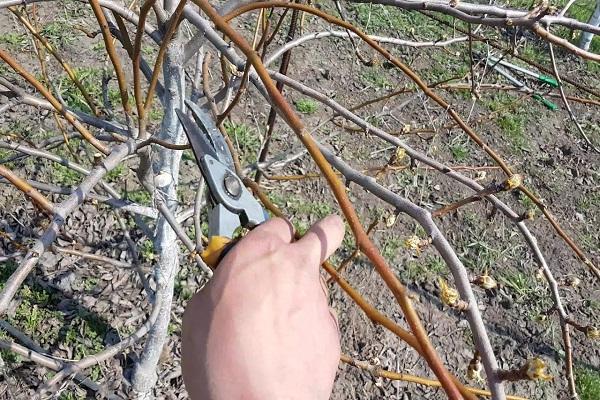
Whitewash
Whitewashing helps rid the tree of fungal spores and pests. Its other purpose is to protect against sunburn. It is necessary to whitewash both in spring and autumn, and before the growing season, the tree is first cleaned of moss and old bark.
Preparing for winter
The minimum temperature at which a tree can survive is -28 degrees. But still it should be mulched with peat, pine needles or straw. Before this, abundant watering is required. Cover young trees with canvas or agrofiber.
Diseases, pests, prevention
Despite the resistance of the Bryansk beauty to many pests, it also needs prevention.
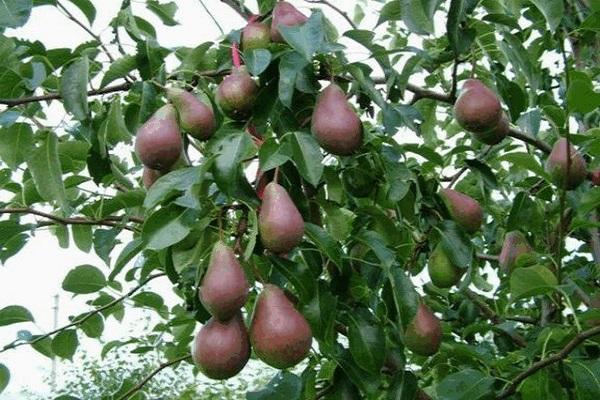
Scab
Appears in cold climates with high humidity. For prevention, treat the pear with copper sulfate before flowering. After setting the fruit, one more treatment is needed with such a means as Gamair.
Powdery mildew
This disease can be recognized by a white bloom that turns brown and then turns into black spots. Use Topaz or Spor for powdery mildew. After harvesting, the tree must be treated with a 1% solution of Bordeaux liquid, and all the foliage must be burned.
Leaf roll
The caterpillars of the leafworm settle in the buds. Therefore, it is necessary to pre-treat all pears with Karbofos in a ratio of 30 grams per 10 liters of water. They also use tincture of tobacco, tobacco dust or makhorka.
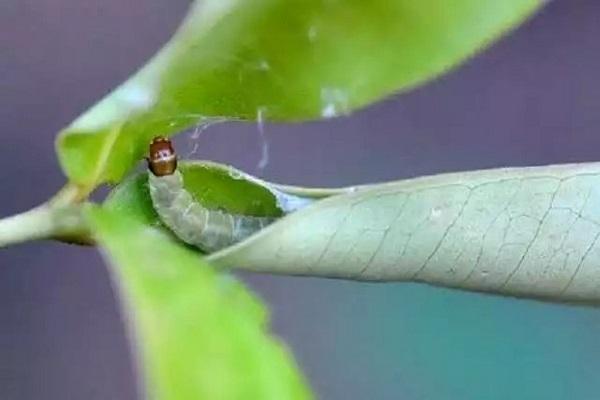
Pear moth
The caterpillars of the moth, after hatching from the clutches, gnaw through passages in the fruits and feed on seeds. Wormwood decoction helps against them:
- 0.8 kilograms of dry grass must be infused for several hours in 10 liters of water.
- Boil the infusion for half an hour.
- Filter and add the same amount of water.
Trees are treated with this solution several times before flowering.
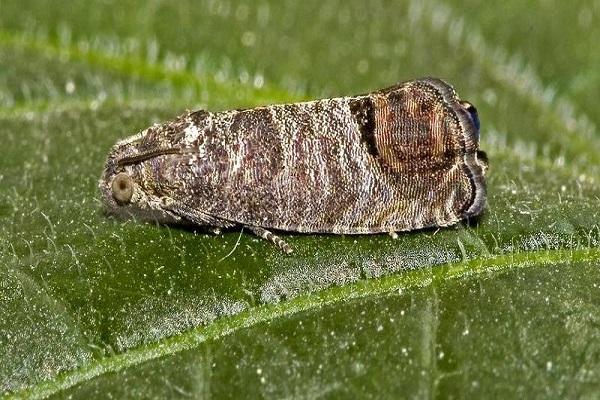
Harvesting and storage of pear harvest Bryansk beauty
The fruits of the Bryansk beauty are harvested in the first two weeks of September. Ripe pears are yellow in color, and a red spot takes up most of the skin. Once harvested, they are stored for two weeks, in a cold room for two months, especially if they are placed there immediately.
For better storage, pears are placed in two layers in cardboard boxes with film or sheets of paper at the bottom. They are also covered with foil from above.
The Bryanskaya krasavitsa variety is a good option for a garden. Although it is a southern variety, it is suitable for many regions due to its frost resistance. In addition, pears can be used not only fresh - they are suitable for many dishes.
